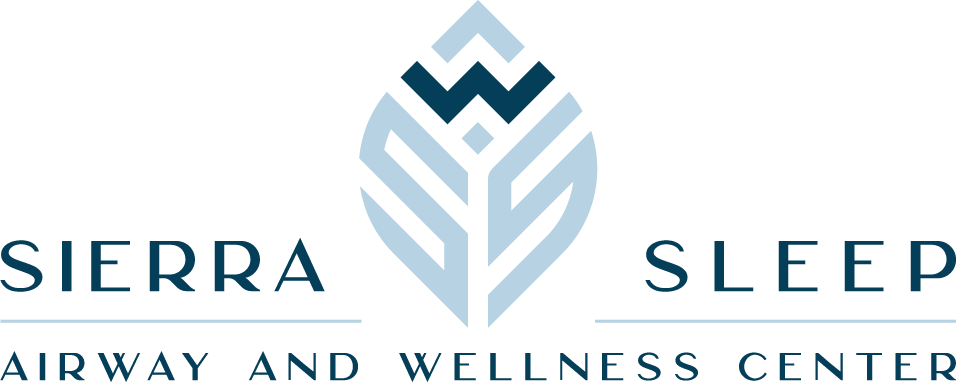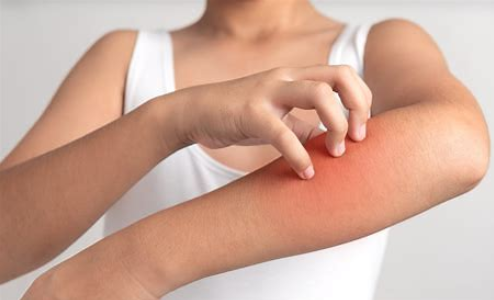by Lancette VanGuilder
Sleep apnea is a sleep disorder that affects millions of people of all ages and can cause skin rash. It’s characterized by pauses in breathing during sleep, leading to poor sleep quality and a wide variety of related health issues. While most people are familiar with the common symptoms like fatigue and snoring, few realize that sleep apnea can also manifest in unexpected ways, such as skin rashes.
In this blog, we’ll explore the connection between sleep and the skin, and how addressing the root cause can help you breathe well, sleep well, and live well.
At first glance, it may seem unusual that breathing and sleep could have any bearing on the health of your skin. However, a closer look at the underlying mechanisms of sleep apnea reveals how this connection is more plausible than it appears.
Lack of Oxygen: During sleep apnea episodes, the brain and body are temporarily deprived of oxygen due to blocked airways. This lack of oxygen can increase inflammation in the body, including the skin. When skin cells become inflamed, it can lead to damaged and irritated skin.
Stress: Disrupted sleep patterns can lead to increased stress, anxiety, and depression. Stress can trigger or exacerbate skin conditions and autoimmune conditions.
Hormones: Sleep apnea can disrupt the body’s hormonal balance, particularly cortisol, a stress hormone. Hormonal imbalances can also contribute to skin rashes.
Immune Response: Lack of oxygen, stress and hormonal balances may all lead to compromised immune function. A healthy immune system is essential for cell turnover, including skin cells.
Aging: Oxygen deprivation and elevated stress hormones can cause skin damage and make you look older.
Common Skin Rashes Associated with Sleep Apnea
Hives (Urticaria): Hives are itchy welts that appear on the skin.
Psoriasis: Psoriasis is a chronic skin condition characterized by red, scaly patches of skin.
Eczema (Dermatitis): Eczema is a skin condition that makes your skin dry, itchy, red and sometimes infected. It affects about 10% of adults and 20% of children worldwide.
Here are some steps you can take to address both the sleep disorder and its skin-related symptoms:
Get Screened: A sleep and airway center can assess and screen for obstructive sleep apnea and determine the root cause of blocked airways. They may be able to recommend treatments such as myofunctional therapy, oral appliances that promote growth and development or reposition the jaws to open the airway, discuss positive airway pressure (CPAP) therapy, lifestyle changes, or surgery, depending on the severity of the condition.
Manage Stress: Stress management techniques like meditation, deep breathing, and yoga can help reduce the impact of stress on your skin.
Skincare Routine: Establish a gentle skincare routine using hypoallergenic products to minimize the risk of skin irritation.
Nutrition and Hydration: Drinking water and maintaining a balanced and anti-inflammatory based diet can improve your overall health and nourish the skin.
Conclusion
The connection between sleep apnea and skin rashes is a compelling example of how our bodies are interconnected systems. If you’re experiencing unexplained skin rashes, it’s crucial to address the root cause. Don’t let sleep apnea remain a silent struggle – take action to improve your sleep and your overall health.

